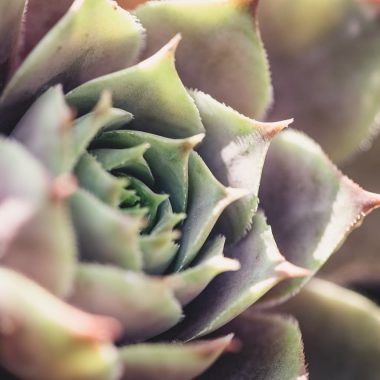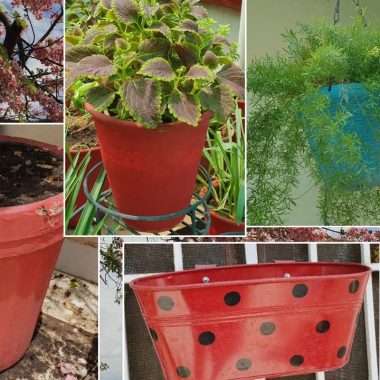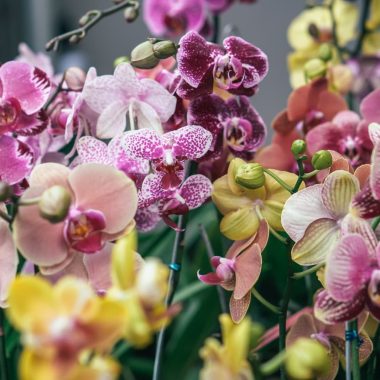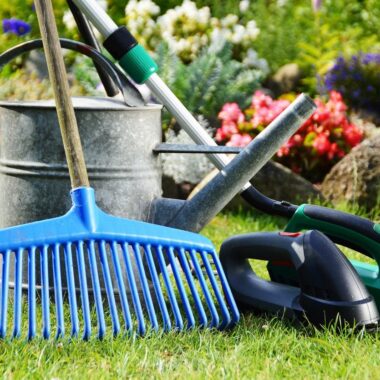Pothos houseplants are among the most convenient plants to grow. It is probably the best way to initiate the nurturing of houseplants.
This is because caring for a pothos houseplant is relatively easy. Moreover, this tropical vine has heart-shaped leaves and appealing colors (white, yellow, pale green), textures, and patterns that grab the attention of many folks.
It’s an exceptional decision for beginners as well. Moreover, Pothos Houseplant is merciful in negligence. Disease and pest-free plant, which is progressive in low light.
This is the best choice for offices and darkrooms where sunlight cannot reach. Overall, this delightful plant is an effortless way to add some greenery to your home.
Basics of Pothos Houseplant
Pothos’s Botanical name is Epipremnum aureum, but this plant is commonly known as Pothos, Golden Pothos, Devil’s Vine, and Devil’s Ivy.
While belonging to the “Vine” plant type, the mature size of the Pothos houseplant is 20-40ft in length and 3-6 ft in width, respectively.
“Plants always make people better, happier, and more helpful as well. They are sunshine, food, and medicine for the soul.”
One of the most beautiful things about this plant is that it doesn’t require adequate sunlight. It can grow in fluorescent light or partial shade.
Pothos grow best in well-drained and moist soil with an acidic to neutral pH. It usually comes from the native areas of the South Pacific. This plant may be toxic for your pets, like dogs or cats.
Care and Maintenance of Pothos Houseplant
Pothos plants grow on their own as they don’t require much attention. As a houseplant, Pathos commonly grows up to 30 feet in length. Nevertheless, most plants are kept shorter to avoid mess.
They can grow into long or short vines, depending on your apartment’s needs. If you choose to grow your Pothos houseplant into a long vine, you must hook the vine alongside your walls or over the frame of your windows.
The leaf’s vines grow themselves and get very much twisted. To avoid this mess, you can lose them by shaking to get a beautiful and eye-catching plant creeper.
Caring for and maintaining this houseplant is way too easy, as it can afford negligence. Pothos plants can grow in almost every atmosphere, too. Another plus point about the Pothos plant is that it is pest-free.
Sometimes, it gets affected by mealybugs, but there is nothing to worry about. Insecticidal soaps work best against mealybugs. Another convenient way is to dab the mealybugs with a cotton swab soaked in alcohol.
Growing Tips for Pothos Houseplant
Here are some tips and tricks to grow Pothos inside your home easily and successfully.
Light
Pothos require luminous but indirect light when growing indoors. Variegated plants, such as Pothos, lose their leaf colors and are textured if they don’t get adequate light.
Changing the place of plants and moving to brighter lights can restore this condition. If you see pale green leaves in your plant, it gets too much direct sunlight.
Soil
The Pothos houseplant can survive in well-drained potting soil. The plant grows best in neutral to acidic soil. However, it can survive in a wide range of atmospheric conditions respectively.
Water
Pothos, like their soil, remains completely dry out between waterings. At the same time, if the plant remains damp for a long period, it will rot.
The sudden collapse of the whole plant or black spots on the leaves reflects that the soil is too wet for further growth.
Let the plant decide when to water!
When plants start to droop, it means they are demanding a good water drink. If brown edges appear on the leaves, this indicates that the plant has been kept dry for a long time.
Humidity
Pothos grow well in temperatures above 50 degrees Fahrenheit and at room temperatures between 65 and 75 degrees Fahrenheit.
Pothos houseplants like high humidity to grow well. Hence, kitchens and bathrooms are the best places to keep your plants.
Is Pothos Houseplant Poisonous?
Pothos may be toxic to cats and dogs, so keep your pets away. However, if your pet mistakenly eats a leaf of Pothos, this can cause minor oral issues.
Issues include irritation in the eyes, mouth, and tongue, difficulty swelling or breathing, and mouth foaming. If your pet faces any of these issues, contact your vet instantly.
Varieties of Pothos
There is a huge variety of Pothos plants and various types of leaves, including white, yellow, and green patchwork.
Some of the most popular pothos cultivars are:
Marble Queen
Along with the extremely attractive white and green variegated texture, this Pothos plant needs more sunlight to grow and maintain its innovative nature.
Pearl & Jade
This variegated reflects green and white color in the form of little dots.
Silver Satin
This variegated comes with thick grey leaves along with the silver smudge. It also accepts low-light conditions.
Final Takeaway
Pothos Houseplants are also very easy to propagate. You just have to cut some stems and root them in potting soil or water.
Once the stems germinate in water, you must replace them with the soil so the plant can get enough nutrition for further growth.
That is all about the Pothos plant’s care, maintenance, and growth. If you have Pothos plants in your home.
This article is a must-read for you. If you like this write-up, give it a thumbs up, and don’t forget to share it with your friends and family.









